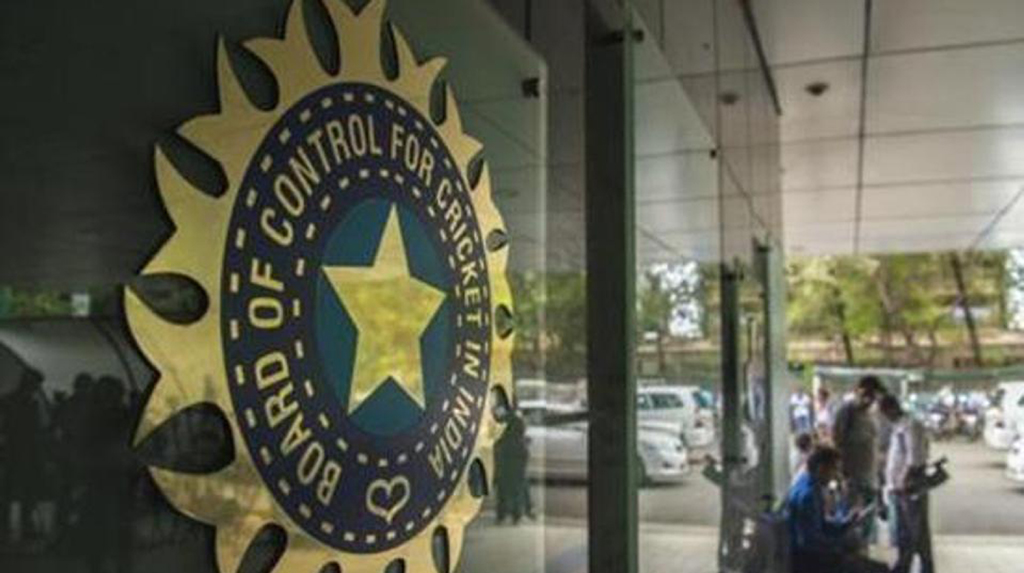The popularity and growth of cricket in India, both on and off the field, has had a steep rise. An Indian victory or a defeat has a telling impact on the mood of the nation.
Cricket was brought to India by the British, but India is now its most popular destination. The fans and followers are not only the critics but also the selectors and the experts. The role, therefore, of the Indian selectors, has gained immense importance. They are required to satisfy not just the players but the millions of followers too.
One needs them to be transparent, honest, decisive, knowledgeable and far thinking. The days of nominating cricket selectors through the five zones who then favoured certain cricketers who had close ties with the powerbrokers of the BCCI are over. The thousands of cricketers, playing the game in India from the junior to the international levels, have made cricket their life-line and their profession.
Cricket, for them, is no longer a recreational sport but one that will give them a way of life and a future. This is precisely why the BCCI has a very important task in appointing selectors, who should have the ability to assess, identify logically and have the clarity of thought to select players in an open and unbiased way.
A cricket selector in the past was an honorary appointment and the change of making it into a paid profession is a very good step taken by the BCCI. The recent advertisement for the two vacancies that are likely to arise on account of the tenure of the Chairman M.S.K. Prasad and Gagan Khoda ending has become an important issue to ponder about.
The earlier two-year term that was changed to five years as recommended by the Supreme Court-approved constitution gave not only that extra year to both Prasad and Khoda but also to Sarandeep Singh, Jatin Paranjpe and Devang Gandhi to continue for another year. However, one is bemused by the fact that the tenure of five years for selectors is being followed rigidly by the BCCI, whereas all other posts have tenure of three years.
However, the BCCI has put an age barrier of 60 years as the maximum age for a selector, which has no mention in their constitution. This is quite ridiculous as the selector’s job is not to roll up his sleeves in the hot sun and get physically active, but one that can quite easily be performed by a senior citizen as well.
Indian cricket has had many 70 years and above selectors who have distinguished themselves quite admirably. There is also a strong movement that only one selector should be appointed from a zone. Another ridiculous rule, if followed, as a selector of the national team should be past favoritism and if found to do so, should be debarred forever.
If honesty is a worry, then the very basis of appointment becomes a farce. In most of the leading cricket playing countries, a cricket selector is a paid employee of the cricket board. His or her job is to concentrate wholly and solely on the selection of the respective teams.
There is no age limit for his appointment and the selection is based on his ability to structure, plan and chart out his approach to select the best in the business. This is not followed in India where it is a part time assignment.
Recently in India, several leading domestic players who have performed very well, have openly tweeted and spoken as to why they have not been considered or selected, if not for the national side then for a place in the India ‘A’ or Duleep Trophy sides. None, I gather, have been given a reason and ignoring such claims is what makes it more important to have a panel of selectors who are transparent and empathetic towards the players.
Cricket is now a job for most cricketers and mental depression and trauma are some of the issues that could arise and need to be nipped in the bud. The recent appointment of the three members of the CAC (Cricket Advisory Committee),
another honorary appointment by the BCCI, will select the selectors and coaches if and when required.
Several former cricketers have applied for the selector’s position; selecting two from them will be a big challenge. Most of them have played top level cricket and so one wonders what other criteria will differentiate them.
The selector’s dilemma is not just at the highest level but also much more at the state association level. There are now 36 teams playing first class cricket in India and the regulations of appointing selectors differs in each and every one of them.
The selection committees in Indian cricket need a complete overhaul to meet the ballooning requirement that has emerged. There has to be a link between state, zonal and senior level selectors. This interaction will help in ensuring that each and every player playing the game is being closely monitored not only in his respective association but also by the men at the top.
At present, the score sheet is the only way in which it is done as it is impossible for the selectors at the national level to cover the wide expanse of the country. The time is now ripe with a new BCCI apex committee in place and the Indian Cricketers Association having established itself with 1,600 members who have played 10 or more first class games.
This pool of cricketers, having played the game, is a good starting point to get a true and honest feedback for the changes required to make selection an open and acceptable format.




